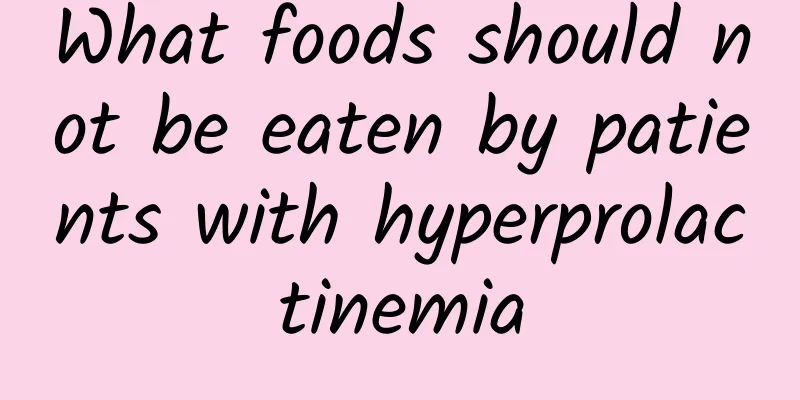What are the symptoms and hazards of adenomyosis?

|
Treatment of adenomyosis can relieve symptoms through medication, surgery and lifestyle adjustments. Its occurrence is related to factors such as endometriosis and hormone levels. Common symptoms include dysmenorrhea, abnormal menstruation, and pelvic pain. In severe cases, it can lead to infertility or anemia. 1. Symptoms: One of the main symptoms of adenomyosis is progressively worsening dysmenorrhea, which usually starts 1-2 days before menstruation and lasts until the end of menstruation. Patients may also experience increased menstrual flow and prolonged menstruation, and some may have irregular bleeding. Some patients will feel persistent pain in the pelvic area, especially during sexual intercourse or bowel movements. Due to heavy and prolonged menstrual flow, some patients may develop iron deficiency anemia, manifested as fatigue, dizziness and other symptoms. 2. Potential hazards: Adenomyosis may affect reproductive function, leading to infertility or increased miscarriage rate; as the disease progresses, the size of the uterus gradually increases, which may compress adjacent organs and cause symptoms such as frequent urination and constipation; abnormal uterine contractions and chronic pelvic pain may affect the patient's quality of life and lead to increased psychological stress; long-term heavy menstrual flow may lead to severe anemia, which requires timely intervention. 3. Treatment management: Drug treatment includes non-steroidal anti-inflammatory drugs such as ibuprofen, hormonal drugs such as GnRH agonists and oral contraceptives; surgical treatment can choose lesion resection, uterine artery embolization or hysterectomy; in terms of diet, it is recommended to consume more iron-rich foods such as lean meat and spinach, and reduce spicy and irritating foods; moderate exercise such as yoga and walking can help relieve symptoms, and attention should be paid to psychological adjustment, and professional psychological support should be sought when necessary. The treatment plan for adenomyosis needs to be formulated according to individual conditions. Early detection and intervention can help alleviate symptoms and prevent complications. Patients are advised to have regular check-ups and actively cooperate with the doctor's treatment. |
<<: What tea to drink for uterine adnexitis
>>: How long can I not eat after a painless abortion?
Recommend
What physical symptoms can ovarian cysts cause?
What are the signs of ovarian cysts? The initial ...
Recommended hospitals specializing in menopause treatment
In life, many female friends are troubled by meno...
Will abortion lead to infertility? Why does abortion lead to infertility?
Whether or not an abortion will lead to infertili...
What medicine can I take to eliminate uterine fibroids?
Regarding the drug treatment of uterine fibroids,...
How to diagnose chronic cervicitis in women? Differential diagnosis method of chronic cervicitis in women
Chronic cervicitis is a common gynecological dise...
Analysis of the harmful manifestations of cervicitis
Many people are prone to cervicitis due to variou...
Can surgery cure ectopic pregnancy?
Ectopic pregnancy is a type of gynecological dise...
How to treat submucosal uterine fibroids? What is the treatment for submucosal uterine fibroids?
Everyone knows that the disease should be treated...
Is it okay to take penicillin for pelvic effusion?
Pelvic effusion is the presence of inflammatory e...
What are the symptoms of uterine fibroids? Common hazards of uterine fibroids
Uterine fibroids are more common among gynecologi...
How to delay your period
How to delay menstruation? In special circumstanc...
How much does the surgery for 3rd degree cervical erosion cost?
How much does the surgery for 3rd degree cervical...
How many days of menstruation are considered normal? Revealing the normal menstrual period for women
Women's menstruation is the best reflection o...
Cost of endometrial tuberculosis
How much is the cost of endometrial tuberculosis?...
Blood routine is the most common painless abortion examination item
Painless abortion is the surgery chosen by many w...









